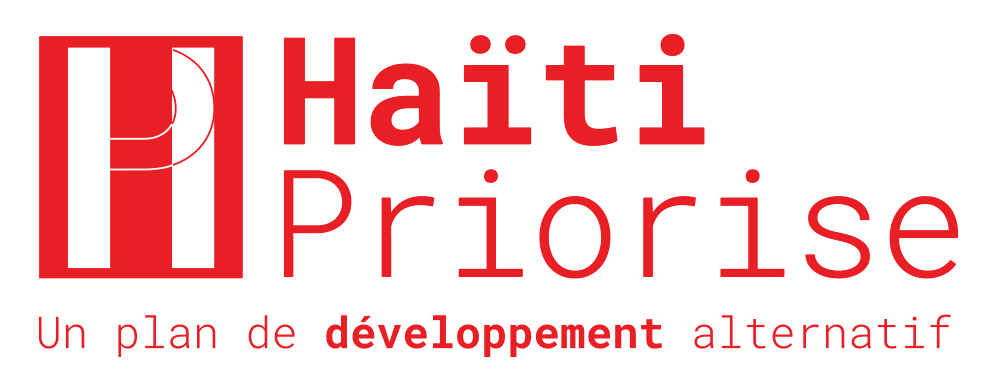Haïti Priorise: Child Health, Stenberg
Description of the Problem
The main causes of death for Haitian children between 1 month and the age of five are lower respiratory infections (accounting for 32% of deaths), and diarrhoeal diseases (accounting for 16%). Every year, more than 8,500 children die from these two causes.
The Solution
Immunization can prevent the conditions that result in illness and death among children, and common causes of illnesses that result in death – such as diarrhea and pneumonia – can be managed.
This analysis estimates costs and the health impact of increasing coverage from current immunization levels to 80% or 95% in 2018, and maintaining each level until 2036.
Summary Table of the BCR
| Package | Target coverage | Benefits | Cost | Benefit for every gourde spent |
|---|---|---|---|---|
| Package 1. Routine Expanded Program on Immunization 2015 | 80% | 25,926,653,976 | 2,763,165,721 | 9.4 |
| 95% | 47,332,806,077 | 4,545,114,386 | 10.4 | |
| Package 2. Routine Expanded Program on Immunization 2015,+ Pneumococcal conjugate vaccine (scenario A)* | 80% | 51,661,271,214 | 15,969,157,708 | 3.2 |
| 95% | 74,218,176,210 | 20,231,337,413 | 3.7 | |
| Package 2. Routine Expanded Program on Immunization 2015,+ Pneumococcal conjugate vaccine (scenario B)** | 80% | 51,661,271,214 | 11,883,481,359 | 4.3 |
| 95% | 74,218,176,210 | 15,179,075,425 | 4.9 | |
| Package 3. Management of common childhood illness | 80% | 95,314,961,732 | 15,174,626,919 | 6.3 |
| 95% | 128,976,584,623 | 18,865,558,436 | 6.8 | |
| Package 4, Combination Expanded Program on Immunization 2015,+ Pneumococcal conjugate vaccine + management of common childhood illness | 80% | 130,218,915,748 | 30,638,986,601 | 4.3 |
| 95% | 171,613,815,321 | 38,401,077,784 | 4.5 |
Benefits, Costs, and BCR
The projected additional cost per year 2018-2036 varies between 8 and 100 USD million depending on the scope of the package and the target coverage. The average annual per capita cost varies from USD 0.72 for expanding routine immunization to USD 8.26 for the expanded immunization plus management of childhood illness.
The implementation of a comprehensive package of both preventive and curative care could avert over 71,000 child deaths over the course of the investment if made universally available (95% coverage), and bring the under-five mortality ratio down from its current level of 69 per 1000 live births by 62%, to reach 51 deaths per 1000 live births. The greatest absolute gains in terms of deaths averted and reduction in mortality rates comes from the management of common childhood illness. This is partially due to the lower starting coverage of these interventions.

